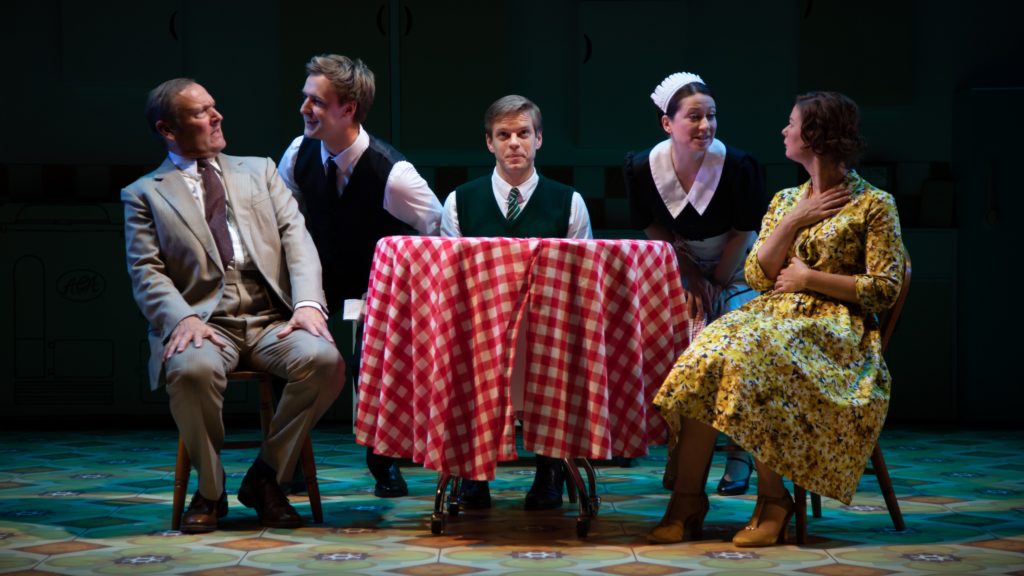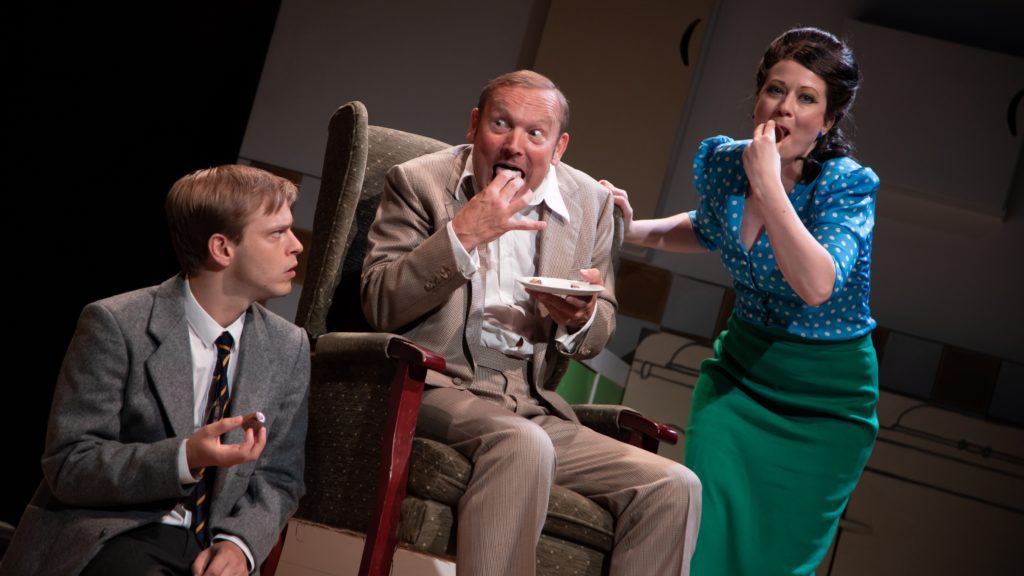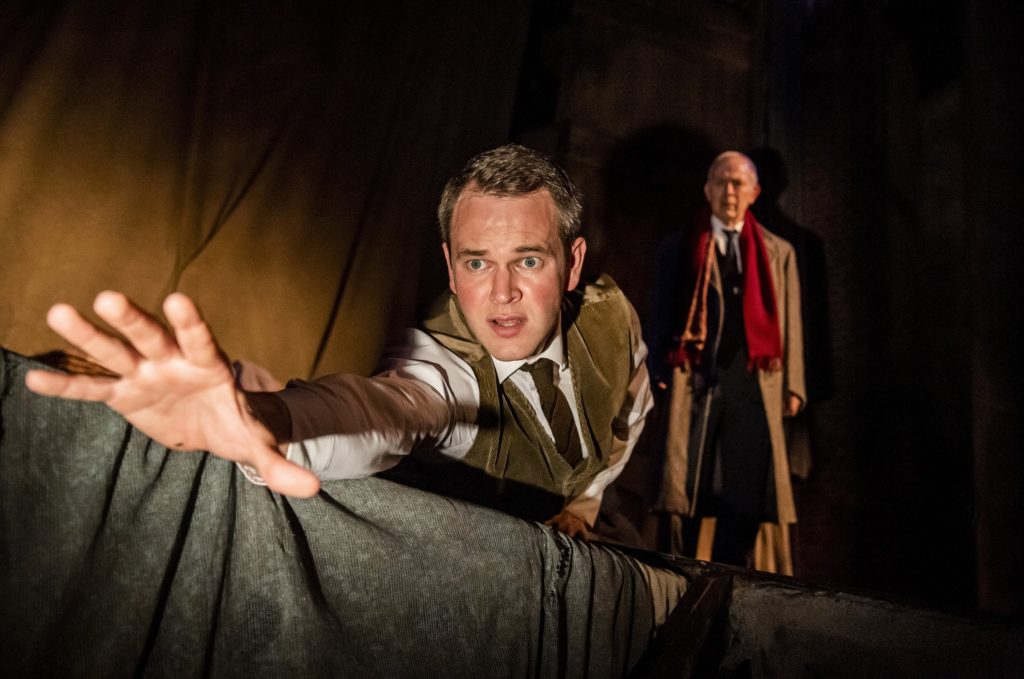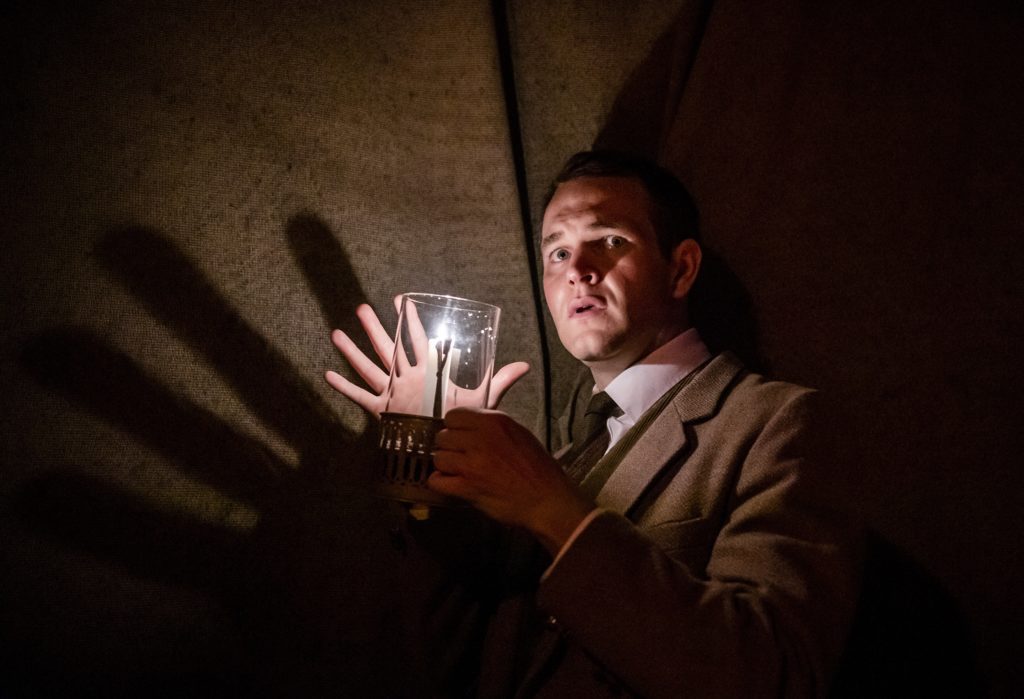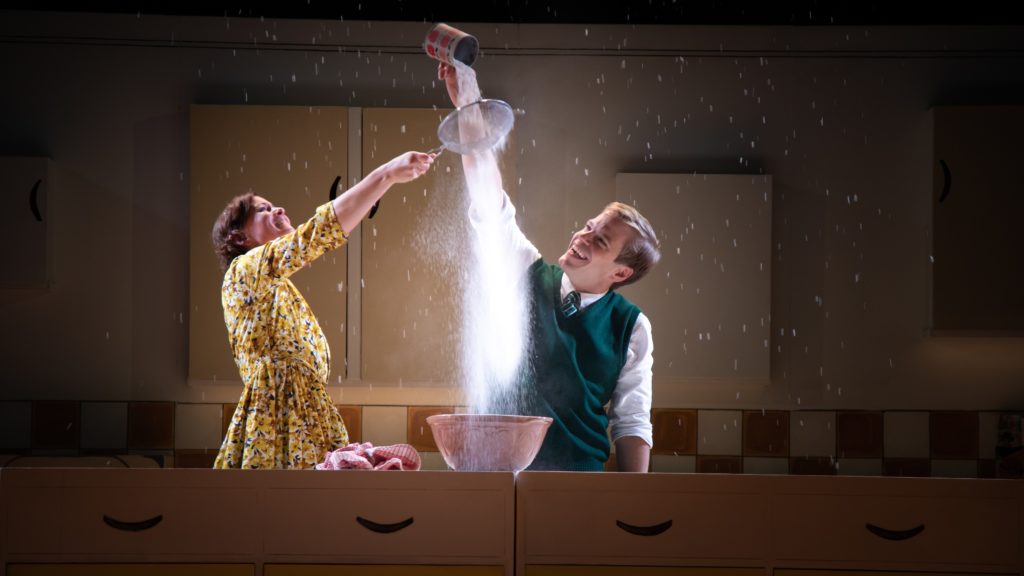
Nigel Slater’s Toast, York Theatre Royal, until Saturday, November 23. Box office: 01904 623568 or at yorktheatreroyal.co.uk
HERE is the challenge facing director Jonnie Riordan. “Think about how long it takes to actually make a piece of toast, and then how do you do that on stage when you’re trying to keep the audience engaged?” he says.
It brings a new meaning to pop-up theatre in York after the summer Elizabeth version at Shakespeare’s Rose Theatre, and Riordan and writer Henry Filloux-Bennett have made a wonderful job of adapting cookery writer Nigel Slater’s coming-of-age memoir for the stage.
Like Jonathan Watkins for Matt Haig’s Reasons To Stay Alive, on tour at the Theatre Royal only two weeks ago, Riordan is both director and choreographer. However, whereas Watkins’s show took time to find its footing on a somewhat strange-looking set – was it a crater or a cracked cloud egg? – Toast is sure footed, even light on its feet from the start.
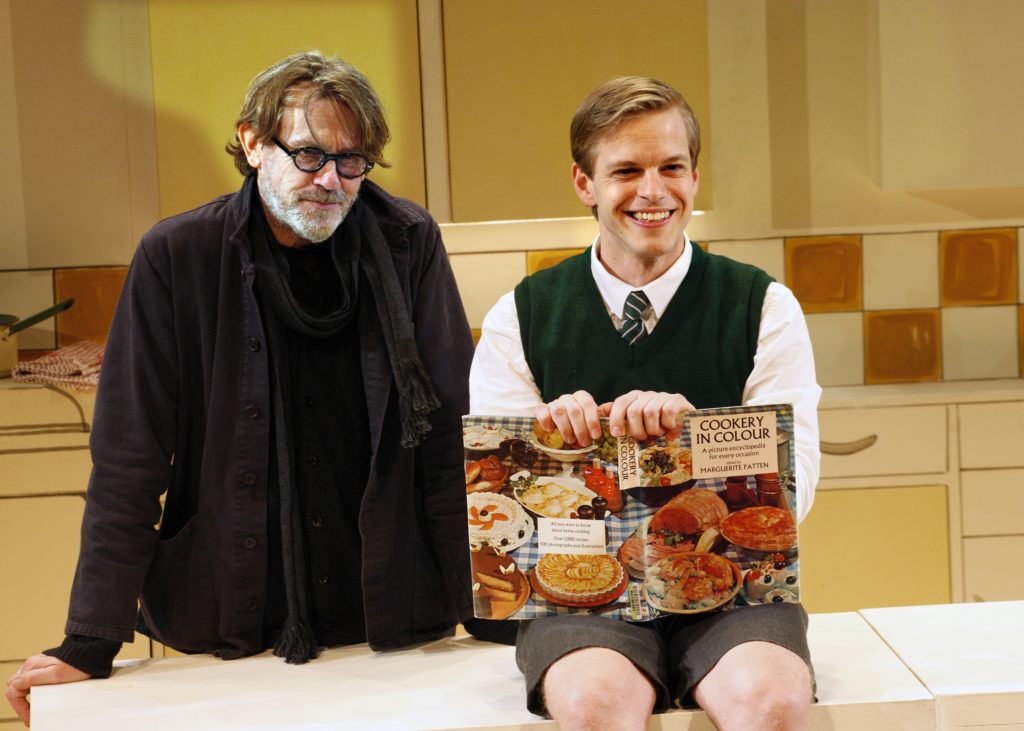
Nigel, our narrator, guides us through his story like Slater’s lovely writing leads you through his recipes and epicurean thoughts in his mellifluous books. Played by the delightful Giles Cooper in schoolboy tank top and short trousers, Nigel is nine and already drawn to the one cookery book in the Slaters’ Wolverhampton home: Marguerite Patten’s ground-breaking Cookery In Colour, a full-colour Sixties’ bolt out of the cordon bleu after the grey gravy of before.
From within the cream and brown Sixties’ kitchen of Libby Watson’s design, Cooper’s Nigel likes to orchestrate all the storytelling, stepping in and out of a scene to converse with the audience, but such is the skill of Filloux-Bennett’s writing that the events of his young life have a habit of pulling the rug from under him. At one point, his mother stops him in his tracks and tells him to re-trace his steps to relate the true, darker version of events.
There is abundant humour, absolutely true to Slater’s own tone in his books, but the darkness has to break through too, given what happened to Slater in his childhood and teenage years.
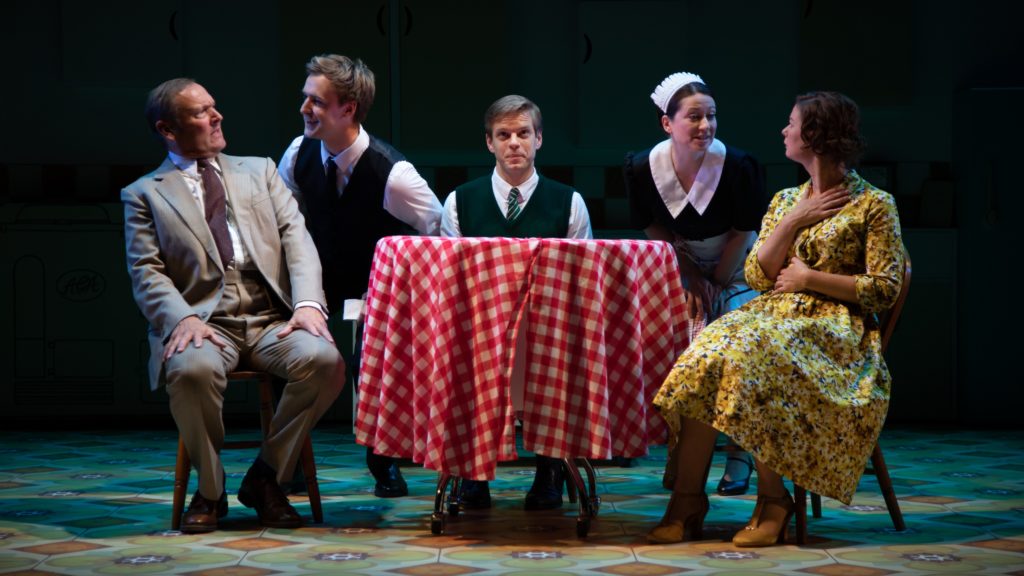
His love of food is omnipresent, and yes, we see toast popping up in real time and later Nigel making mushrooms on toast with a chef’s flair and precision in one so young. We enjoy the culinary sensations, and when Nigel is regaling us with the delights of sweets – amid his father’s insistence that certain sweets are for boys, others for girls – bags of sweets are passed around the audience. The real Nigel Slater had a bag by his feet as he sat in the dress circle, by the way!
Food is at the heart of Toast, glorious food and not so glorious food in the case of Nigel’s father’s first attempt at making spaghetti bolognaise, mountains of “sick-smelling” Parmesan dust et al. Part of the joy here is having our own recollections of mishaps around our own kitchen tables.
Through food too, we see the difference between Nigel’s relationship with his Mum (Katy Federman), pretty much tied to the apron strings, such is their bond, and his abusive Dad (Blair Plant, back at his old Theatre Royal stamping ground).
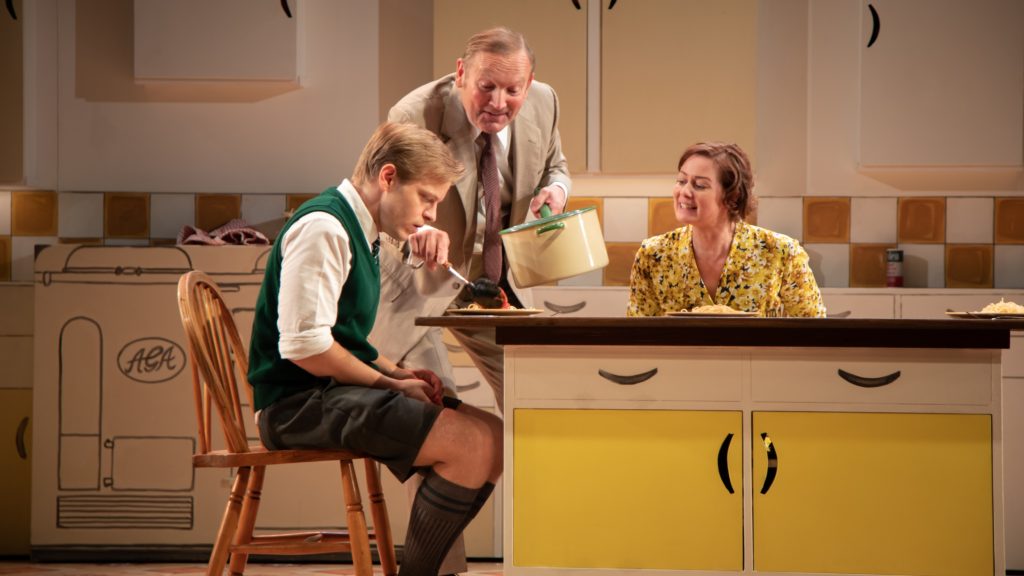
Into the story comes the dreadful Joan (Samantha Hopkins) and assorted characters played by Stefan Edwards, as the first stirrings of Nigel’s sexuality play out.
Brilliant performances, a superb choice of soundtrack from La Mer to Dusty, and a finale as warm and toasty as toast make Toast a five-star treat, both measured and deeply flavoured like a Nigel Slater recipe.
Charles Hutchinson
Copyright of The Press, York


